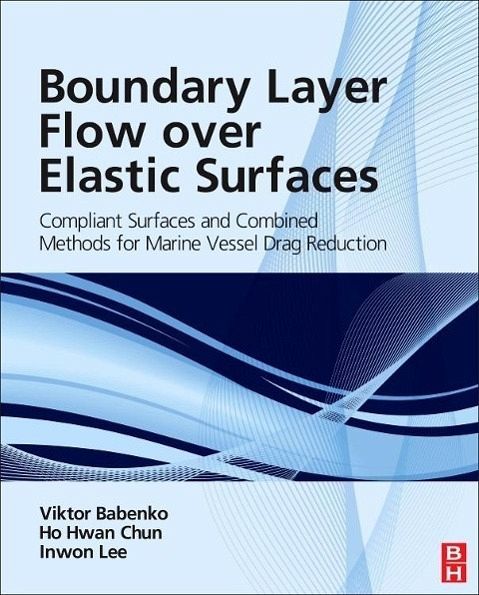
Boundary Layer Flow Over Elastic Surfaces
Compliant Surfaces and Combined Methods for Marine Vessel Drag Reduction
Versandkostenfrei!
Nicht lieferbar
99% of overseas trade by volume enters or leaves the United States by ship, and according to the U.S. Department of Transportation, the total value of marine freight is estimated to increase by 43% domestically and 67% internationally from 2010 to 2020. With this level of marine freight transportation and an ever-increasing push across all industries for energy and economic savings, much research in recent years has focused on ship efficiency and fuel economy. Reduction in ship frictional drag has the potential to save billions of dollars per year in fuel costs, and compliant coating, the main...
99% of overseas trade by volume enters or leaves the United States by ship, and according to the U.S. Department of Transportation, the total value of marine freight is estimated to increase by 43% domestically and 67% internationally from 2010 to 2020. With this level of marine freight transportation and an ever-increasing push across all industries for energy and economic savings, much research in recent years has focused on ship efficiency and fuel economy. Reduction in ship frictional drag has the potential to save billions of dollars per year in fuel costs, and compliant coating, the main topic of this book, is a promising yet poorly understood potential solution to the problem of drag reduction. This unique reference brings together for the first time largely unknown findings from decades of research into skin friction reduction technologies at the turbulent boundary layer of marine vessels.













